Apple in the enterprise: client, not server
Apple axing its Xserve line will hit Mac users in business. But why not use virtualisation to support OSX Server, asks Stephen Pritchard.

Last Friday was a sad day for business users of the Mac platform. Apple announced that, from next January, it will no longer sell the Xserve.
Apple will continue to support its 1U server box until the end of the customer's warranty. But for anyone wanting a new Mac server, the choices are either a Mac Pro tower, or the server version of the Mac Mini.
The Mac Mini server is a great little box for small businesses, as it is cheap, compact and quiet. At the SoHo end of the market, though, Apple faces stiff competition from network attached storage.
NAS drives might not do everything the Mac Mini Server can, but they can do most of what most very small businesses need to do in house. The rest such as hosting email or instant messaging can be done just as well, if not better, in the cloud.
The Mac Pro server, too, is a curious beast. The Mac Pro has plenty of horsepower, but that horsepower is not really where you want it in a server. Most businesses run their servers "headless", without a monitor, but the Mac Pro server has a pretty decent graphics card, for example. It does have two network ports, but has only one power supply, and, as the drives are inside a tower case with no external access, they cannot be hot swapped. Nor is there a lights-out management option for the Mac Pro.
More important still, for enterprises and for many smaller firms, is the physical form factor of the Mac Pro. Apple's argument that businesses can fit two Mac Pro tower servers on a shelf in a 12U space is simply daft.
Get the ITPro daily newsletter
Sign up today and you will receive a free copy of our Future Focus 2025 report - the leading guidance on AI, cybersecurity and other IT challenges as per 700+ senior executives
-
 CISA issues warning in wake of Oracle cloud credentials leak
CISA issues warning in wake of Oracle cloud credentials leakNews The security agency has published guidance for enterprises at risk
By Ross Kelly
-
 Reports: White House mulling DeepSeek ban amid investigation
Reports: White House mulling DeepSeek ban amid investigationNews Nvidia is caught up in US-China AI battle, but Huang still visits DeepSeek in Beijing
By Nicole Kobie
-
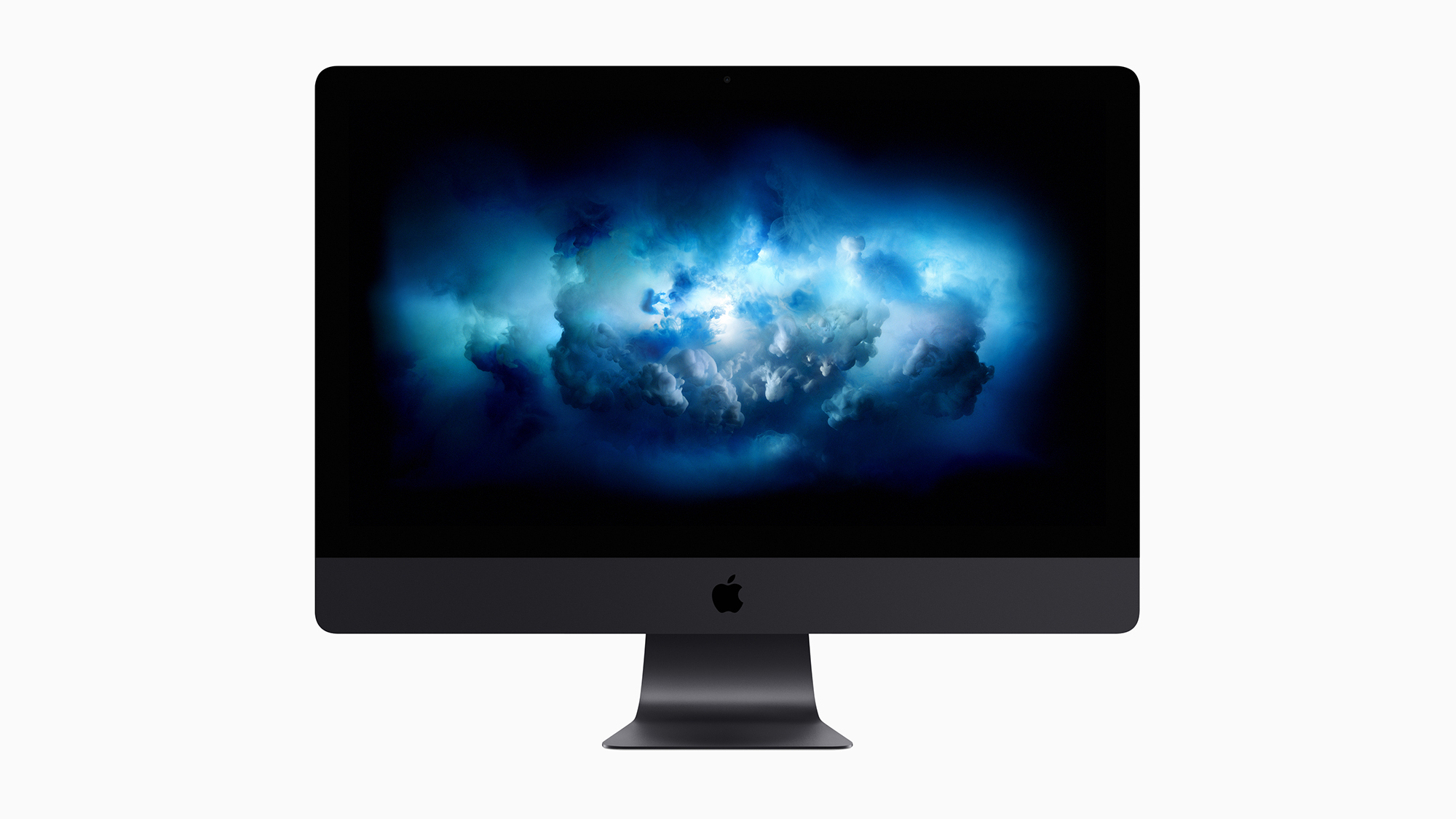 Apple discontinues the iMac Pro
Apple discontinues the iMac ProNews Desktop product shake-up paves the way for new Apple Silicon-powered machines
By Danny Bradbury
-
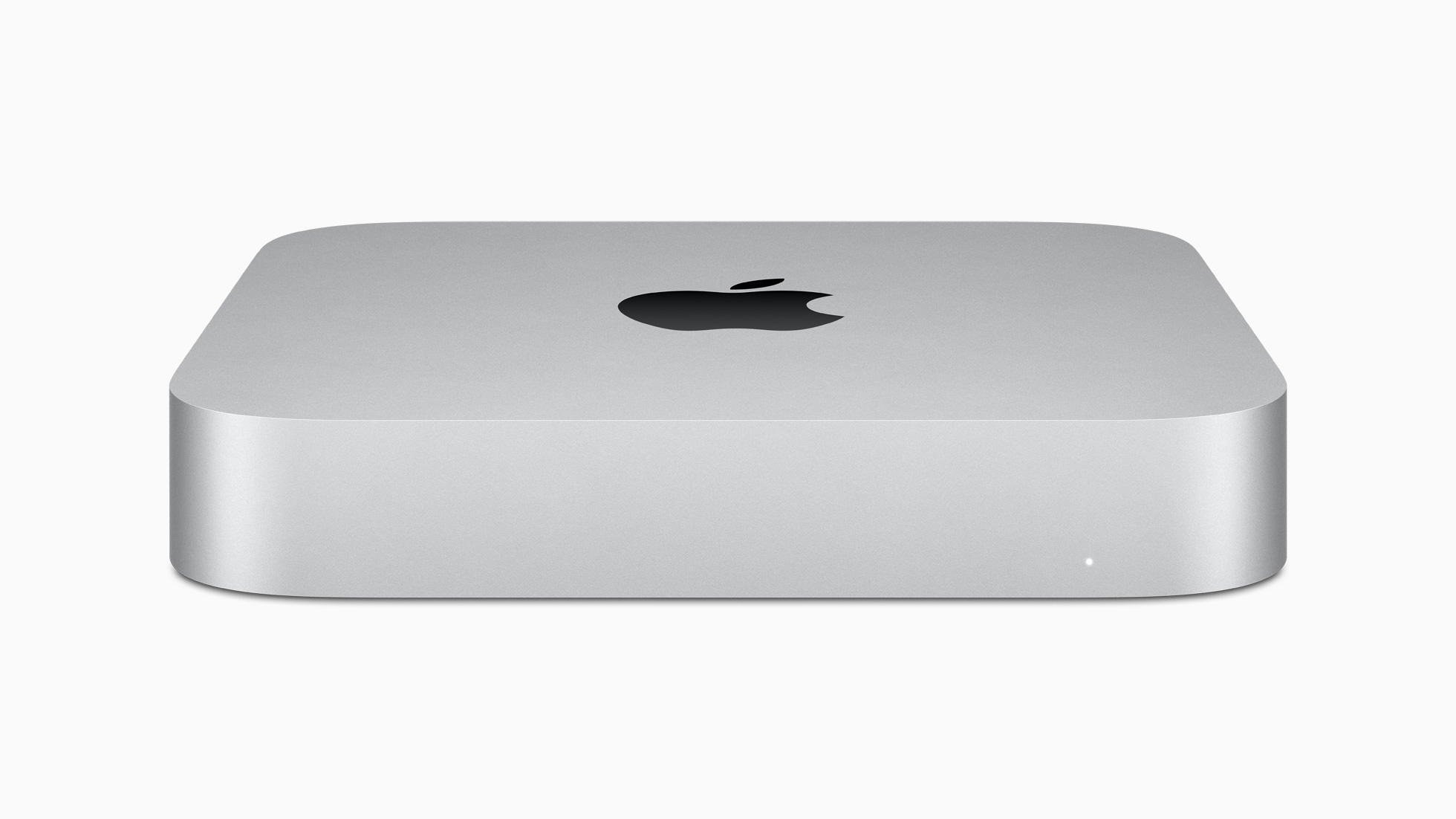 M1 Mac mini users suffering Bluetooth connectivity problems
M1 Mac mini users suffering Bluetooth connectivity problemsNews It’s unknown if the issue is in the new Apple silicon or the Big Sur OS
By Rene Millman
-
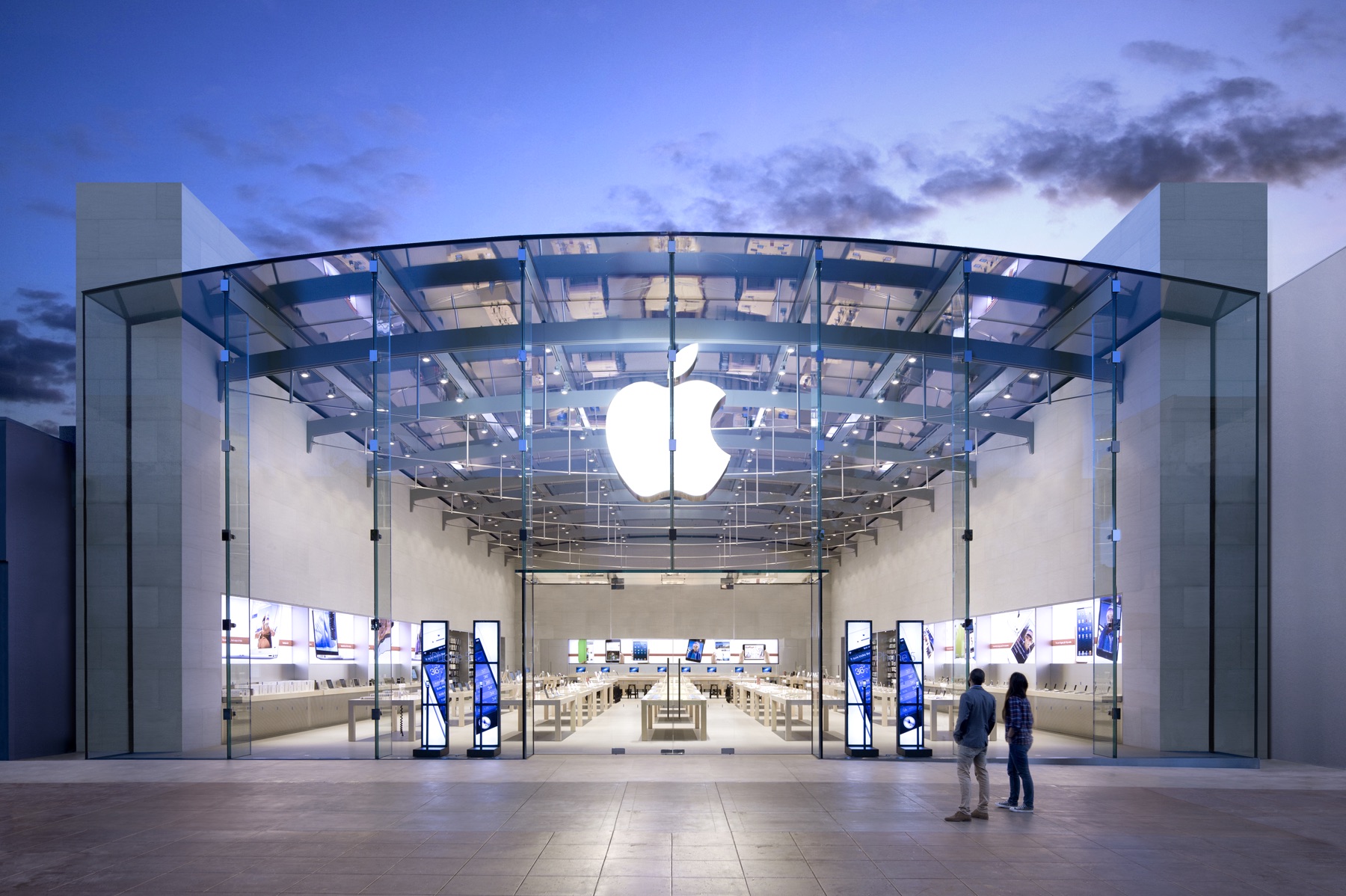 Apple starts accepting Mac trade-ins at retail stores
Apple starts accepting Mac trade-ins at retail storesNews Up until now, you could only trade in a used Mac online, which was unwieldy and time-consuming
By Mike Brassfield
-
 Apple launches surprise desktop iMac and iMac Pro upgrades
Apple launches surprise desktop iMac and iMac Pro upgradesNews New iMac models have up to 9th-gen Core i9 processors and Vega Pro graphics
By Adam Shepherd
-
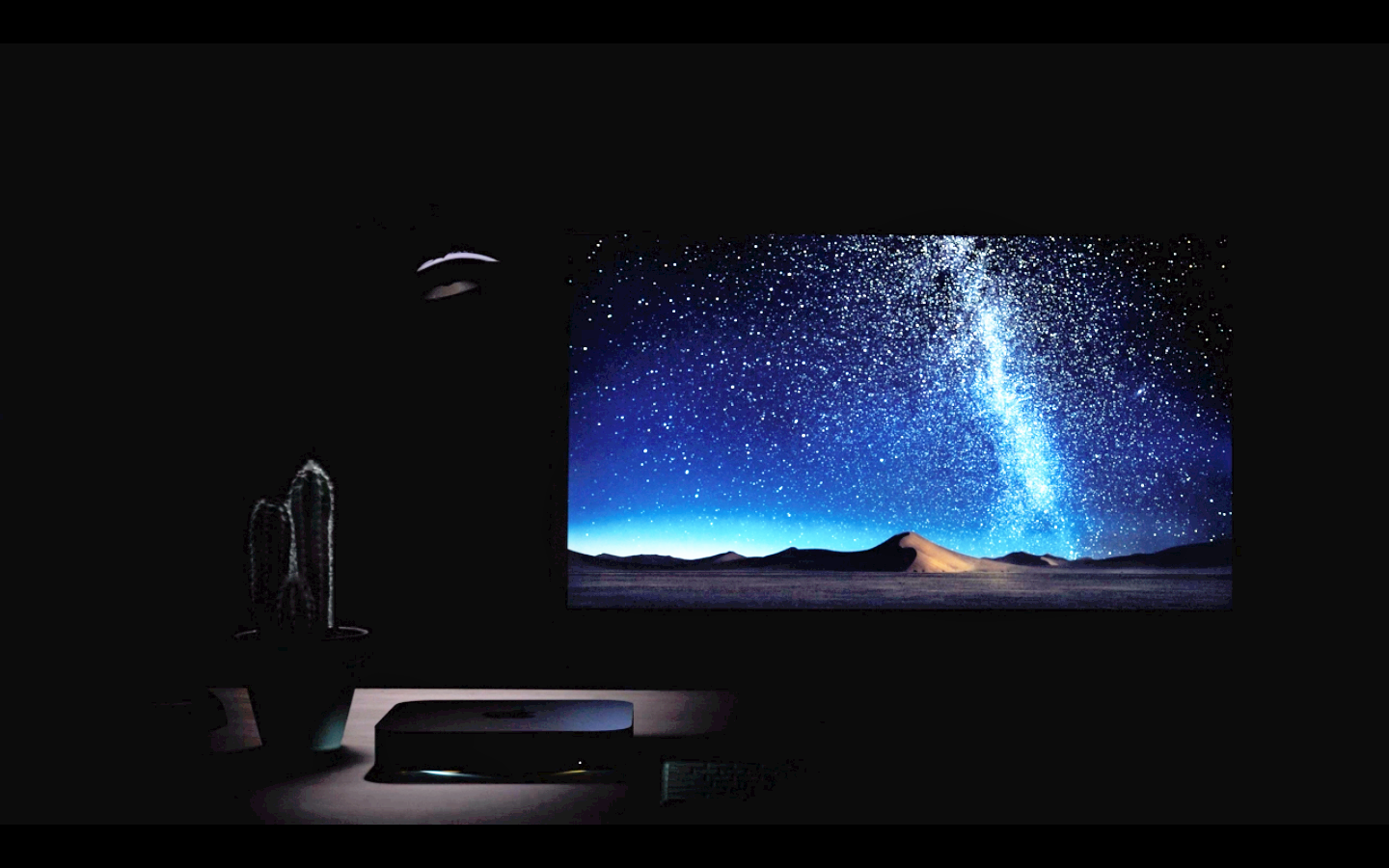 Apple unveils next-generation Mac mini
Apple unveils next-generation Mac miniNews Space grey device with five times the performance has been unveiled at special October event
By Keumars Afifi-Sabet
-
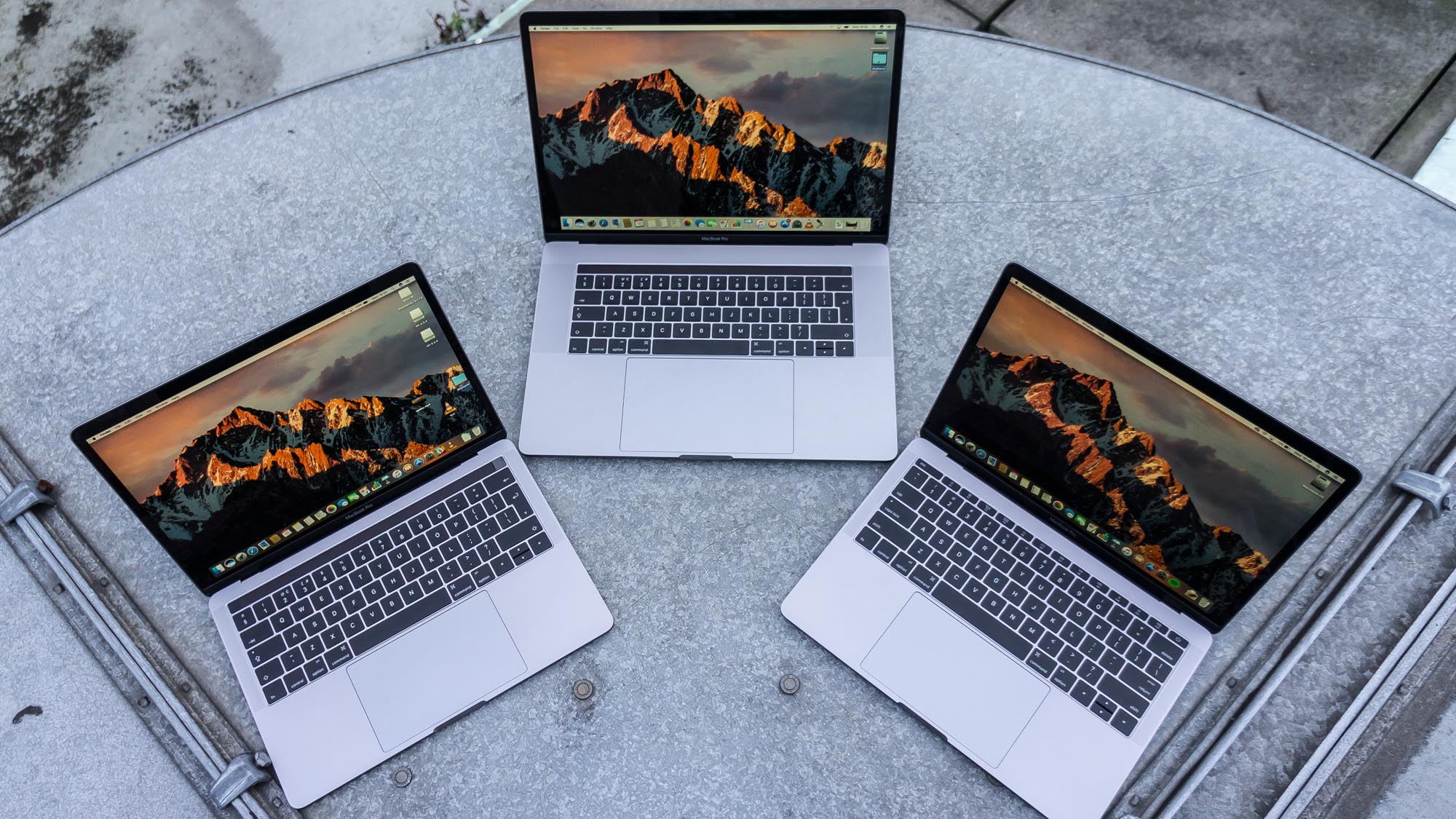 Thousands of Macs exposed to EFI boot-up bug
Thousands of Macs exposed to EFI boot-up bugNews Some relatively new Macs haven't had a pre-boot update since they were first put on the market
By Clare Hopping
-
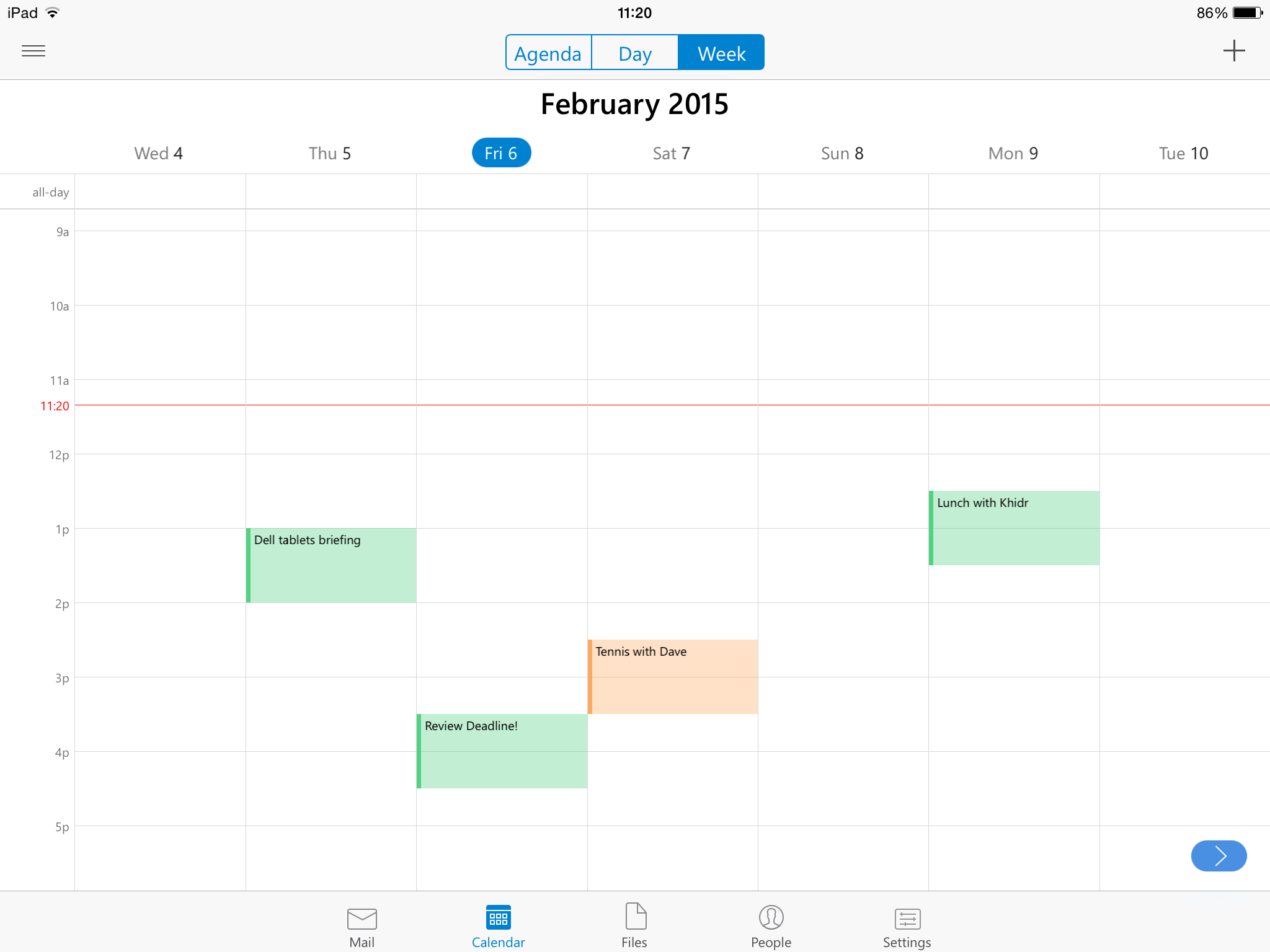 Apple fixes its spammy calendar with Report Junk feature
Apple fixes its spammy calendar with Report Junk featureNews The new option lets you block spam iCloud calendar invites
By Ingrid Fadelli
-
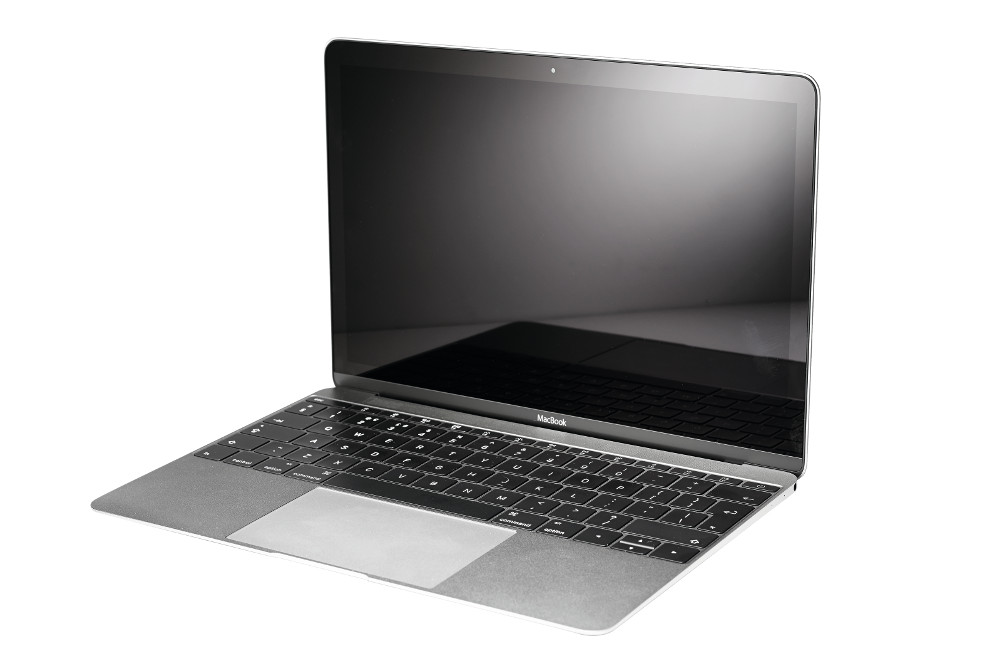
 Apple MacBook Retina 12in review - 'a superb choice, but challenging to fit into how you work'
Apple MacBook Retina 12in review - 'a superb choice, but challenging to fit into how you work'Reviews Apple upgrades specs and adds rose gold model for 2016 MacBook Retina 12in
By Alan Lu